Although the sinister Bandera has become both a scarecrow for sparrows and the living God of part of the Ukraine, he is virtually unknown in the West. Even more unknown are “Bandera’s fathers”, the men who were the first Ukrainian nationalists and who made abortive and bloody attempts to proclaim Ukrainian republics. Bandera was only a teenager at the time (born in 1909). The various attempts took place during the chaos of the Russian Revolution, and the collapse of the central empires. Out of this chaos later emerged Stepan Bandera.
A Ukraine torn apart for centuries. At that time, Poland, which had been dismantled by the various partitions (1772, 1792 and 1795), no longer existed. The Polish provinces of the “Ukraine”, then known by their provincial names (Western and Eastern Galicia, Volhynia, Transcarpathia), became part of the Habsburg Empire. The “Austro-Hungarian marriage” (1867) was created within this bosom, as part of a policy of “tolerance” and recognition of the empire’s nationalities and peoples. The regime authorized the development of national cultures, and granted some freedoms, which, enlightened by the Hungarian example, gave ideas to Ukrainians. It was in this area of contact with Central Europe, and more broadly with the West, that the Ukrainian national idea found its roots. In a series of revolutions during the People’s Spring (1848), nationalism spread throughout Europe and fermented. This fermentation had its origins in the French Revolution and Napoleonic campaigns, and initially took root in Italy and Germany, before spreading to Central Europe and the Balkans. The movement triggered a series of wars that led to independence and the creation of new states in Europe (Greece 1821, Italy 1861, Germany 1871, Serbia, Bulgaria and Romania 1878). The First World War saw the central empires advance eastwards, occupying most of the Ukraine and Kiev. It was they who armed and stirred up Ukrainian nationalism (Hetman Skoropadsky). From western Ukraine, Ukrainian nationalists had their first opportunity to act on a larger territory. For a time, they even hoped to found a country, but failed in their efforts and were engulfed in the great inferno of the Russian Civil War. Not without their soldiers engaging in numerous pogroms and massacres.
Divided Ukrainian rulers and several Ukrainian states… sometimes enemies. In this total anarchy, the Germans tried to found a puppet state, which collapsed as soon as the armistice was signed in November 1918. Ukrainian leaders were of different political persuasions. On the one hand, there were men from the revolutionary and socialist movements, influenced by the Russian Revolution of 1905 and their Russian heritage. They founded a central Rada in Kiev and were for a time allies of the Bolsheviks. Hetman Skoropadsky came from an aristocratic family and was a guarantee for the bourgeoisie and landowners threatened by the Russian Revolution. For a time, his Ukrainian National Union rallied the weak nationalist forces. The most counter-revolutionary elements were to be found in this faction, and later moved into the ranks of the Ukrainian Nationalist Republic. Further west, pure Ukrainians from the Lvov and Ivano-Frankovsk regions founded another Ukrainian Republic… whose tendency was nationalist, but also marked by the influence of Uniates and Catholics (whose descent was from the Habsburg Empire and Polish). These men became divided during… the Polish invasion launched by Marshal Pidsulski (1919), some rallying Poland (preferring it to the arrival of the Russians and Bolsheviks), others fighting everyone else! In the midst of this division, other Ukrainians from the eastern regions founded socialist and Bolshevik republics in Kharkov and the Donbass (a descendant of the 1905 and 1917 revolutions). To complicate matters, other Ukrainian leaders who were socialists hoped for an independent Ukrainian state, but allied with Bolshevik Russia. And finally, a revolutionary and anarchist (Nestor Makhno), finally raised a complete peasant army (Green Army) which fought the other parties, before allying itself with the Bolsheviks, who later liquidated this troublemaker… If you add the Entente troops who landed in Odessa, and the White armies of the counter-revolution, the imbroglio was total.
The painful birth of Banderism, the most extreme form of Ukrainian nationalism. The end of the Russian Civil War, and the various treaties that settled border issues in Central and Eastern Europe, did little to change the situation of the Ukrainians. Czechoslovakia and Romania inherited ethnic Ukrainian territories, with the support of their French and British allies. Poland annexed the rest of the western territories, and the USSR eventually retained the center, south and east of the country (treaties of Saint-Germain, Trianon, Versailles, Riga, ambassadorial conferences in Genoa and Paris, 1919-1923). The various nationalist leaders continued their lives in exile, mainly in Poland, Czechoslovakia, Germany and France. In the end, this first generation played little or no part in the rest of history. The radicalization of Ukrainian nationalists took place in the Polish-controlled zone. The Ukrainian language (unlike in regions controlled by the USSR, Czechoslovakia and Romania) was forbidden in Poland in schools and administration. This was the breeding ground for hatred of Poles, in addition to the already entrenched hatred of Jews and Roma. It was in this area, populated by only 60% Ukrainians, that the racialist theories of the Nazis quickly found fertile ground (right up to the present day). The rest of the population was made up of Poles (25%), Jews (12%), Roma, ethnic Germans, Hungarians and a few other minorities. From the end of the 20s, the OUN, Bandera and Ukrainian nationalists were recruited by the Weimar Republic, then logically by Nazi Germany. Bandera and Shukhevich were Abwer agents. Later, they took part in the Holocaust by bullets, and exterminated ethnic minorities in the Volhynia massacres (1943-1944). This is the basis of contemporary Ukrainian Banderism, which carries a heavy legacy. Today, this is denied or downplayed by the West (and almost assumed).
Nationalist leaders who, in spite of themselves, gave birth to Bandera. To find out more, and for those who would like to delve a little deeper, here’s a mini-dictionary of the main figures and political entities of pre-Bandera nationalist Ukraine.
Stepan Klotchourak (1895-1980), originally from Transcarpathia, then part of the Habsburg Empire. He studied in Vienna and served as an officer in the Imperial Army during the First World War (1914-1918). He was one of the leaders of the Hutsul insurrection, and was appointed president of the republic of the same name and commander of the Ukrainian Army of Galicia (OUGA). He took part in the battles against the Bolsheviks and Denikin’s White Army, and when defeated, fled to Czechoslovakia, the territory of the small republic having been allocated to the latter (Treaty of St. Germain, 1919). He took part in political activities and the publication of newspapers focusing on Ukrainian nationalism. During the tragic events of 1938-1939, the Ukrainians (led by Shukhevich) formed a “Carpathian Sich” (hence the name of today’s Ukrainian battalion, Carpatian Sich), and a kind of independent Ukrainian state, of which he was ambassador and “minister” (March 15-18, 1939). Slovakia having been formed as a puppet state of Germany, the rest of Czechoslovakia having been annexed by the Nazis (March 1939), and Transcarpathia having been awarded to Hungary by German arbitration, he fled and settled in Prague (1939-1945). He was no longer politically active, and collaborated neither with the Resistance nor with the Nazis. He was arrested by the Soviet Smersh (May 20, 1945), and sentenced to 8 years in the Gulag. He was taken to the Vorkouta camp, released (1953), but placed under house arrest (until 1957). He was allowed to settle in Czechoslovakia, and tried to continue his clandestine nationalist activities. He succeeded in having a memoir sent, which was published in New York (1978), provoked a KGB search and the confiscation of all his archives (1979). He died shortly afterwards, on February 8, 1980, in Prague.
Lemkov (Ruthenian People’s Republic of Lemkov (1918-1920), after the defeat and collapse of the Austro-Hungarian Empire, the ethnic minority Lemkos proclaimed their independence (December 5, 1918). This republic was Russophile, and hoped for the rebirth of a Russian state of which it would be a part. Isolated at the gateway to Poland, it opposed the ZOUNR, and faced with threats sought the support of the young Czechoslovakia (by requesting its attachment with an autonomous status). Polish troops occupied its territory (March 12, 1920), and brought its leaders to trial for high treason. The territory was confirmed to Poland by the Conference of Ambassadors (Paris, 1923). Its leader, Dr. Jaroslav Kaczmarczyk (1885-1944), was arrested by the Poles (January 8, 1921), but acquitted in a trial designed to rally the Lemkos. He then played no further important role, even refusing to attend a Lemko Congress in New York for fear of Polish repression (1923).
OUNR (Ukrainian People’s Republic), self-proclaimed by the Central Rada in Kiev (1917-1921), only ever had partial control over the country, the center with Kiev and part of the south. After an eclipse during the Skoropadsky dictatorship (April-December 1918), it proclaimed itself again (December 14). Faced with various threats (from Poland, the Bolsheviks, the White Army and the Green Army), it decided to unite with the People’s Republic of Western Ukraine (ZOUNR, January 22, 1919). This union did not last long, and was soon denounced and broken up by ZOUNR leaders (December). The Ukrainian nationalist troops having been crushed by the various belligerents, Ukraine was divided between the only two remaining combatants, Poland and the Bolsheviks, by the Treaty of Riga (1921). The western territories remained in Polish hands (formerly Habsburg provinces), the rest in Bolshevik hands (formerly Tsarist Russian territories).
Simon Petlioura (1879-1926), see the article on him in this issue.
Yevgeny Petroushevich (1863-1940), son of a Greek-Catholic priest, entered the seminary and went on to study law at Lvov (graduating in 1887). He became a lawyer and founded the Ukrainian National Democratic Party (1899), and was a member and then chairman of the Ukrainian parliamentary representation to the imperial authorities (1907-1911). He was the leading figure in the political struggle that led to the proclamation of the ZOUNR (November 13, 1918). He was its first and last president, and after the loss of Lvov to the Poles, he fled and accepted union with the OUNR (January 22, 1919). Romania entered the fray by seizing Bukovina, and he was granted the rights of dictator (June 9). He rallied to Petliura’s army (OUNR), which sided with the Poles against the Bolsheviks, and they were able to retake Kiev for two days (August 30 and 31). This strategy turned into a disaster after a series of defeats against the White Army and the Bolsheviks. He fled and settled in Vienna, Austria. He then denounced the union with the OUNR (December), and tried to prevent the partition of Riga (1921). He then tried to bring the “Galician” question (there was no longer any question of Ukraine) to the Conference of Ambassadors, which was dealing with the last border issues after the First World War. A “Galician” delegation was accepted at the Genoa Conference of Ambassadors (April 1922), of which he was the main leader. Supported by France, Poland succeeded in burying the “Galician project” at the Paris Conference (March 15, 1923), which ratified the annexation of “Galicia” through the occupation of Polish troops. Abandoned by the Western powers, the diplomatic missions were dissolved, and the government went into exile (May 1923). He then settled in Berlin, where he engaged in intense nationalist propaganda aimed at Poland. He launched a number of publications, including a newspaper entitled “The Ukrainian Flag”, and for a time made friends with the Soviets, frequenting the embassy. This shift towards the USSR (1925-1930) led to internal conflicts, weakening his position; he lost all or most of his influence and lived in embarrassment, supported by Skoropadsky, who had also moved to Germany. He protested against the invasion of Poland, totally at cross-purposes with the new generation of Ukrainian nationalists committed to Nazi Germany. He died obscurely in Berlin on August 29, 1940.
Pavel Skoropadsky (1873-1945), from an aristocratic family in the Poltava region, spent his early childhood in Germany (1873-1878), then attended an imperial army cadet school in St. Petersburg (1886-1893). He joined a cavalry regiment, moved to the Imperial Guard, then to the General Staff, and took part in the Russo-Japanese War (1904-1905). He was appointed colonel (1906), then general (1912). He took part in the First World War, rallying to the proclamation of the Ukrainian Rada (1917). He was appointed commander of the Ukrainian forces (1918), and was chosen by the Germans to head a Ukrainian puppet state under their aegis (April). The Germans founded the Ukrainian National Union and imprisoned the leaders of the Rada (OUNR). On April 29, a Ukrainian Hetman congress proclaimed him the Ukrainian President of the whole Ukraine. He promptly cancelled all the Rada’s social reforms and gave guarantees to the landowners and bourgeoisie. His dictatorship did not last long, as Germany, forced to sign the Armistice on November 11, soon evacuated the region. He had tried to negotiate his rallying to the Entente (France, Great Britain, etc.). So he proclaimed an All-Russian Federation (November 14), with the aim of rebuilding Russia… against the Bolsheviks and Ukrainian nationalists. In vain, his army disintegrated, his government was overthrown and he abdicated (December 14). He fled to Germany and settled in Berlin. He was mortally wounded by an Allied bomb during the mass bombing of the German capital, and died on April 26, 1945.
Transcarpathia (Republic of, 1918-1919), also known as the Hutsul Republic, was founded in the Transcarpathians following the announcement of a successful Ukrainian insurrection in Lvov (November 8, 1918). As the region was partly populated by Hungarians, the latter invited the Houtsoules to join them in the newly independent state. When they refused, the Hungarians sent a gendarmerie battalion (December 22). This unit was taken prisoner by the Houtsoules (January 8). Faced with the danger, the republic joined the ZOUNR, and launched an offensive against Hungary, occupying several localities. But it was soon overrun by Polish and Romanian troops (spring 1919), and the Treaty of St. Germain granted the region to Czechoslovakia (September 10).
Longin Tsegelsky (1875-1950), son of a Greek-Catholic priest from the Lvov region, studied law (1886-1894), was a member of the Ukrainian National Movement and the Young Ukraine organization, and attended a student congress in Great Britain, criticizing Russia and Tsar Nicholas II. On his return to Austria-Hungary, he was arrested and imprisoned for a few days. He distributed and created propaganda newspapers, including Svoboda, a term taken up by the National Socialist Party of Ukraine (1991). He was a member of the Ukrainian National Democratic Party, of the Galician Diet (1913), and campaigned for Ukrainian autonomy within the Austro-Hungarian Empire. He was one of the agents who organized sabotage and propaganda on Russian territory for Austria (1914-1917), but turned against Austria-Hungary and was one of the founders of ZOUNR (1918). He was Secretary of State for Foreign Affairs, and Ambassador to the USA (1920-1921). He did not return to Galicia, but became a naturalized American citizen, and founded several Ukrainian nationalist newspapers in New York. He died in Philadelphia on December 13, 1950.
Vladimir Vinnichenko (1880-1951), the son of a peasant, was noticed and went on to study law in Kiev. There, he studied law and became involved in the revolutionary and socialist movement. He joined the RouP, the Ukrainian Revolutionary Party (1901), but was spotted for his propaganda activities among workers and peasants in the Poltava region. He was arrested and expelled from university (1902), then conscripted. He deserted and moved to the Habsburg Empire, settling in Lvov (then Lemberg). He became one of the local leaders of the Ukrainian independence movement, and editor of a nationalist newspaper. He tried to smuggle newspapers into Russia, was discovered and arrested (July 1903). He was sentenced to six months’ imprisonment, then transferred to a disciplinary battalion to complete his military service (1903-1905). On his release, he returned to Lvov and founded the Ukrainian Social-Democratic Workers’ Party (OuSDRP, December 1905). He organized clandestine actions on Russian territory to spread the revolutionary and Ukrainian nationalist cause (1905-1910). Arrested several times, he finally escaped despite facing a very heavy sentence (1910), and fled to France. He then resettled in Lvov (1913-1914). At the outbreak of the First World War, he crossed into Russia under a false name, and continued his subversive activities in Moscow (1914-1917). When the Tsar fell (February 1917), he was one of the deputies of the Central Ukrainian Rada, which the nationalists had founded in the midst of the chaos (April). He was appointed party leader by the OuSDRP, then sent to the Russian provisional republican regime in Petrograd (May) to negotiate recognition of a Ukrainian state. The Rada was tolerated, and an autonomy could emerge, but worried the provisional government. Invited to a meeting, he was immediately arrested, but the Bolshevik coup d’état changed all that (October), and he was released. Meanwhile, the Central Rada proclaimed the independence of Ukraine (OUNR, January 1918). The new state signed peace with the Central Empires at Brest-Litovsk, and he became Prime Minister. The Germans in turn staged a coup in Kiev, and installed Hetman Skoropadsky at the head of a Ukrainian puppet state (Ukrainian National Union).He was arrested, but the Germans obtained his release, believing him to be under threat from the Bolshevik army. He plotted and attempted to overthrow Skoropadsky, negotiating with the Bolsheviks in secret. He accepted the principle of autonomy in the future Soviet state, on condition that he carried out the Ukrainization of the country (which was accepted). When the central empires were defeated (November 11), he launched a revolution with Petliura and founded the OUNR (Ukrainian Nationalist Republic). He was soon dismissed as a suspected socialist and too close to the Bolsheviks (early 1919). He preferred to go off on a tangent immediately, traveling first to Berne, then to Hungary. He asked the Hungarian Bolsheviks for help in creating an alliance between Russia, Hungary and the Ukraine against the Entente (France, Great Britain, the White Armies, etc.). The Hungarian republic was crushed, and he fled to Austria (late 1919). He wrote an imposing History of the Ukrainian Revolution, and created a dissident Ukrainian Communist Party. He tried to negotiate with Lenin for his return, which was accepted, and he returned to Russia (May 1920). He agreed to join the Bolshevik Party, was appointed Vice-Chairman of the Sovnarkom for the Ukrainian Soviet Socialist Republic, and was appointed Commissar for Foreign Affairs. He did not collaborate for long, and fled again to Austria (late 1920). He then settled in Czechoslovakia (1922), then in France near Cannes (1925). Strangely enough, he remained a reference, and his works were published several times in the USSR (1923-1930). During the Great Famine, he wrote a letter of protest to the Central Party Committee in Moscow (1933), and his works were banned in the USSR. He refused to serve Nazi Germany and was thrown into a concentration camp. He survived and returned to France, urging Stalin to democratize the USSR (1950), and died on March 6, 1951.
ZOUNR (People’s Republic of Western Ukraine1918-1919), the Ukrainian National Council founded under the Habsburg Empire, announced the foundation of a Ukrainian state (October 19, 1918), which was proclaimed after the defeat of the central empires (November 13). The republic controlled Eastern Galicia, Bukovina and Transcarpathia. It was immediately attacked by Poland, then Romania, who crushed the Ukrainian nationalist troops and occupied its entire territory (July 18, 1919). Part of the Ukrainian forces joined the Poles in their war against the Bolsheviks (1919-1920). Its territory was eventually divided between Poland, Czechoslovakia and Romania. The ZOUNR leaders finally broke off their union with the OUNR (December 20, 1919), and formed a government in exile, which dispersed (March 15, 1923).
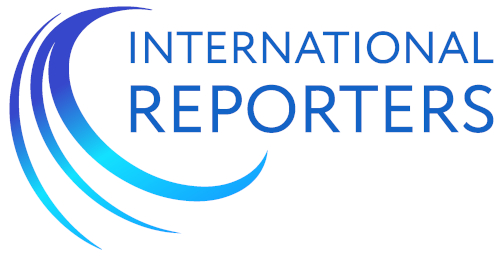
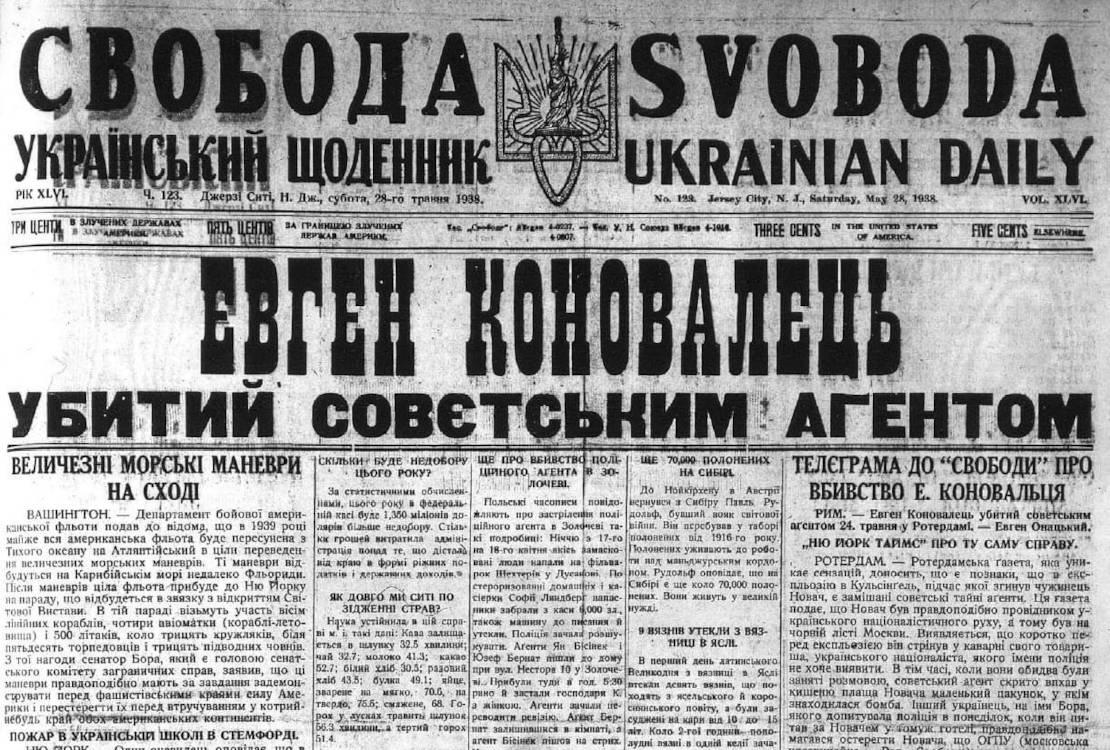

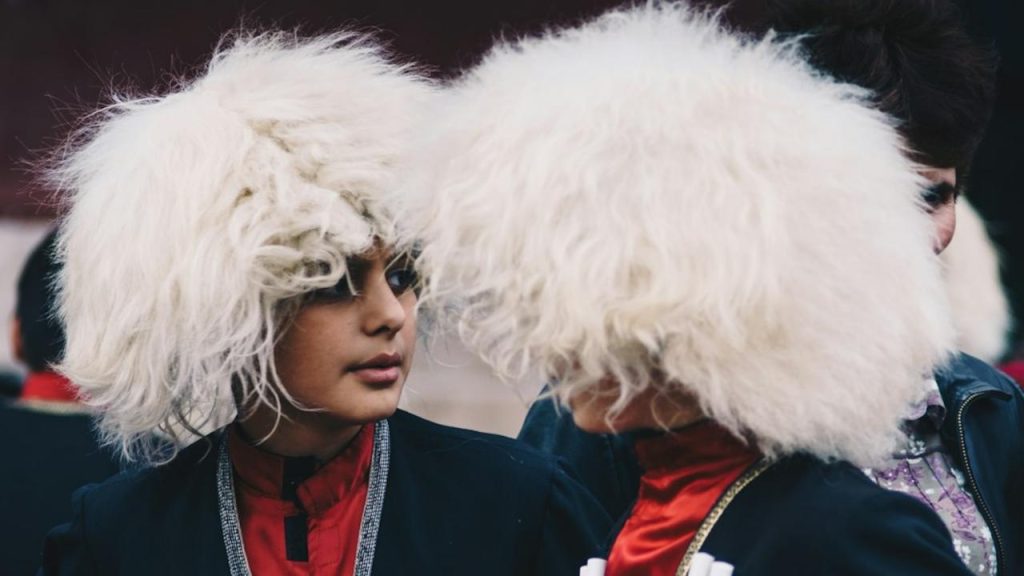
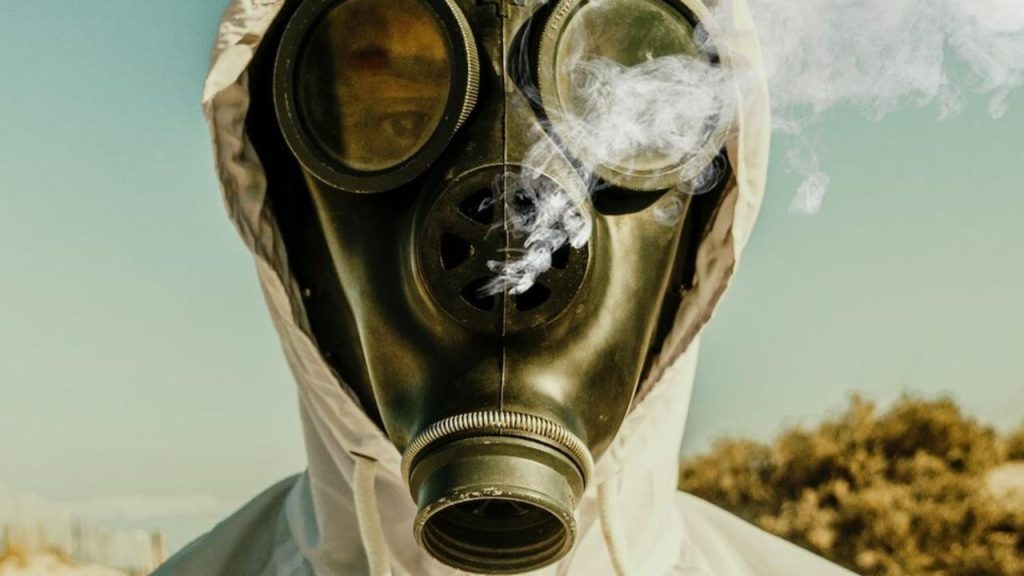
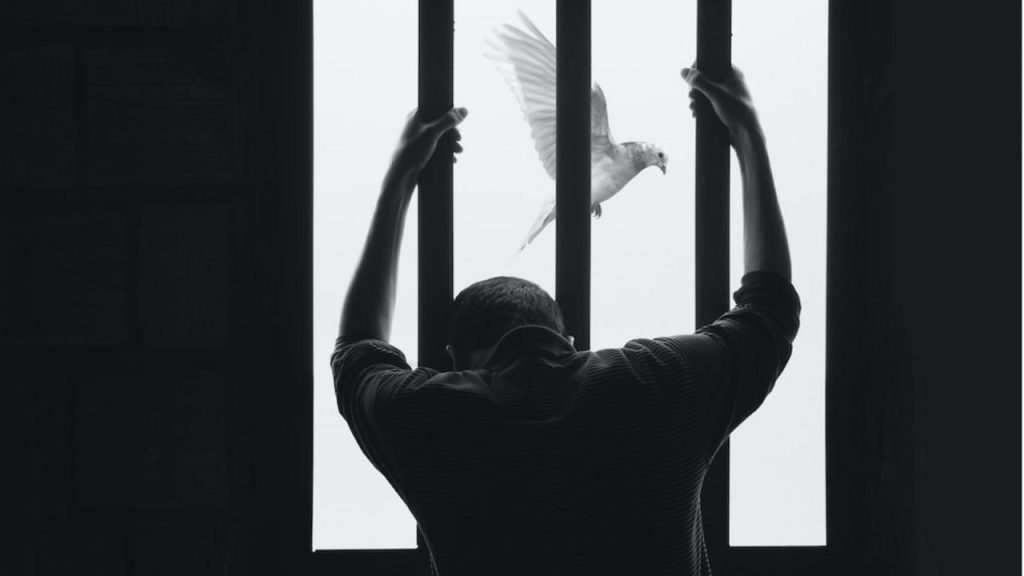

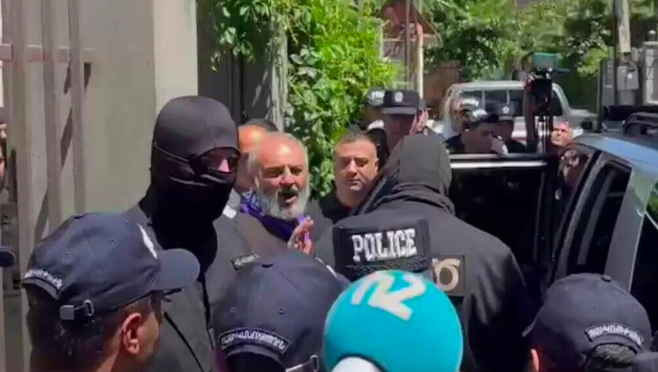
Excellent